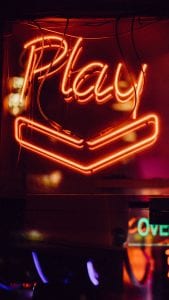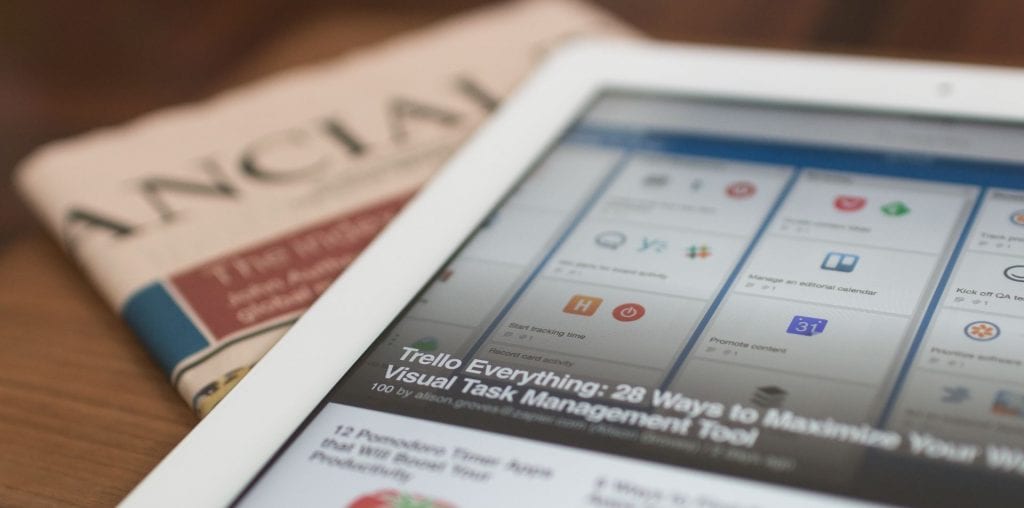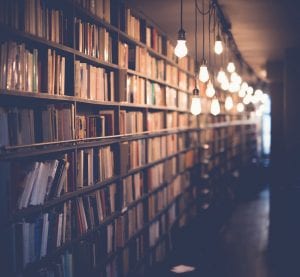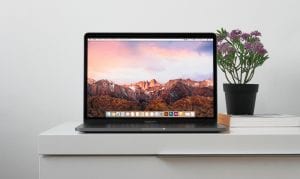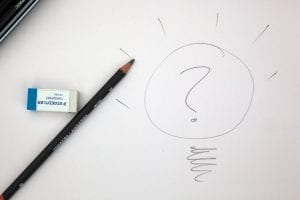
Nussbaum-Beach and Hall outline their image of a globally connected educator, who works collaboratively with others to build on shared knowledge (2011, p.20). Whilst I agree with their perspectives on a globally connected educator my personal reality is vastly different. I am still very much in the cooperation stage, where the contributions I make are individual, contributing to a whole. I am only just beginning a collaborative practise with establishing my professional learning network (PLN). At this stage I am a lurker in Jenkin’s participatory culture (cited in Nussbaum-Beach & Hall, 2011, p. 11). I am investigating and navigating tools to use to enable a collaborative practise as 21st century learners now have to be able to use digital tools to connect over a wider geographical area with an increasingly diversity of people Nussbaum-Beach & Hall, 2011, p. 4).
According to the scoring of the different literacies required to be a 21st Century citizen (Nussbaum-Beach & Hall, 2011, p. 14) I am not multiliterate with only a basic understanding of many of the categories. In fact, I think I may be almost illiterate! Overall, I didn’t find any of the literacy categories particularly surprising as they all centre around digital knowledge and global interaction. The least challenging literacy category for me is to promote and model digital citizenship as this is an area I have some knowledge of in respect to plagiarism and referencing. The most challenging is not a category but categories – I find all the literacy types challenging as they rely on concepts and skills I myself have not mastered yet but obviously need to in order to be a good educator in the 21st Century.
Nussbaum-Beach & Hall’s ideas of a connected educator are similar to my ideas in that a connected educator engages with others, is willing to share, is open-minded and reflective, listens, questions and has a willingness to try new ideas (2011, p. 11). Concepts different to my own of a connected educator were some I had not encountered or thought of before such as engaging in difficult topics and thought-provoking qualities like being mindful (how does mindfulness help?) and using a strengths-based appreciative approach (what is a strengths-based appreciative approach?).
I now know I have a lot to learn about modern literacies and it leaves me questioning, where do people find the time to be globally connected educators in a seemingly busy world? Or does it become easier as the educator becomes more connected?
References:
Nussbaum-Beach, S., & Hall, L.R. (2011). Defining the connected educator. In The connected educator: Learning and leading in a digital age (pp. 9-24). Retrieved from http://ebookcentral.proquest.com

